STIR/SHAKEN statistics from September 2022
Robocalls signed with STIR/SHAKEN call authentication remain high, but there is good news on this front. Let’s have a look.
We’ve been publishing monthly STIR/SHAKEN statistics since April 2021. These numbers are gathered from over 100 voice service providers using our STIR/SHAKEN and robocall prevention solutions. The data describe calls they received from 436 other voice service providers that originated calls, including some robocalls, signed with STIR/SHAKEN.
Many Robocalls are signed with B or C attestation
Calls Signed with C Were 5 Times More Likely to be Robocalls
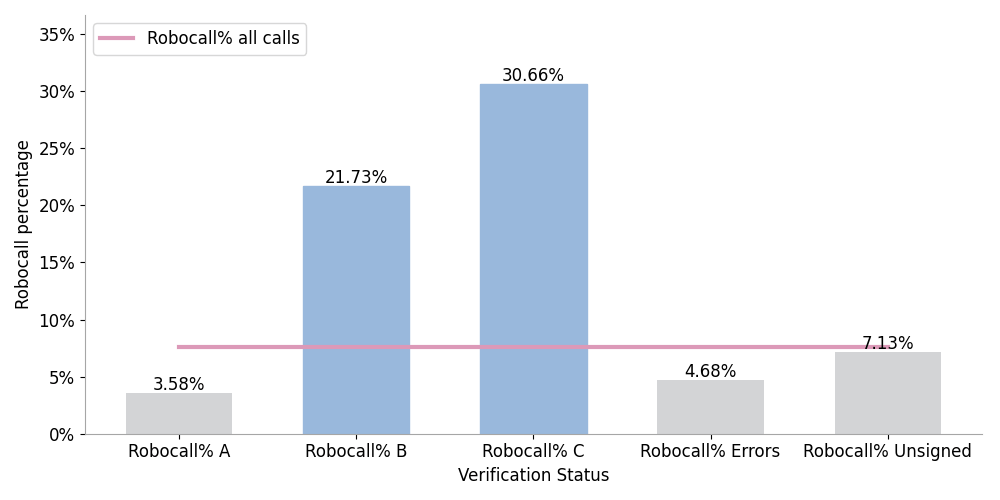
Figure 1. Robocall % by Verification Status in September 2022
Figure 1 compares the percentage of robocalls by attestation level, for unsigned calls, and for all calls in September 2022.
The red line shows the robocall percentage for all calls, which was 7.56%. As we’ve reported in previous months, many of these calls were signed by a downstream intermediate provider using their own SHAKEN certificate. This is how robocallers and robocall-friendly providers have adapted to the call authentication and robocall mitigation regulations.
Signed Robocalls Continued in September
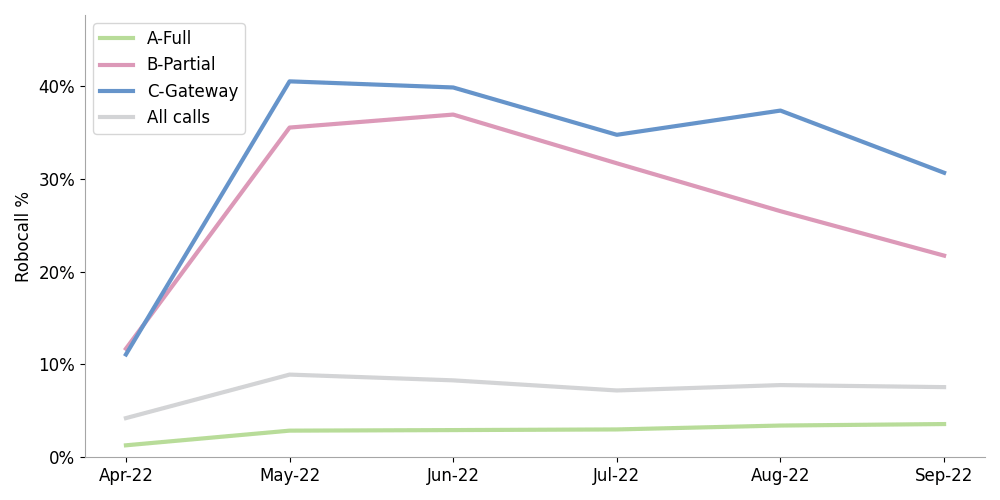
Figure 2. Signed Robocalls by Attestation Last 6 Months
Figure 2 shows this trend over the past six months. The good news: robocalls signed with B attestation have dropped three months in a row since their peak in June. Robocalls signed with C attestation were down about 7%, from 37.36% in August to 30.66% in September.
The bad news: calls signed with C attestation continue to be about 5 times more likely to be robocalls than unsigned calls.
SHAKEN participation increases
There are some encouraging trends in SHAKEN participation.
Increase in SHAKEN Participation
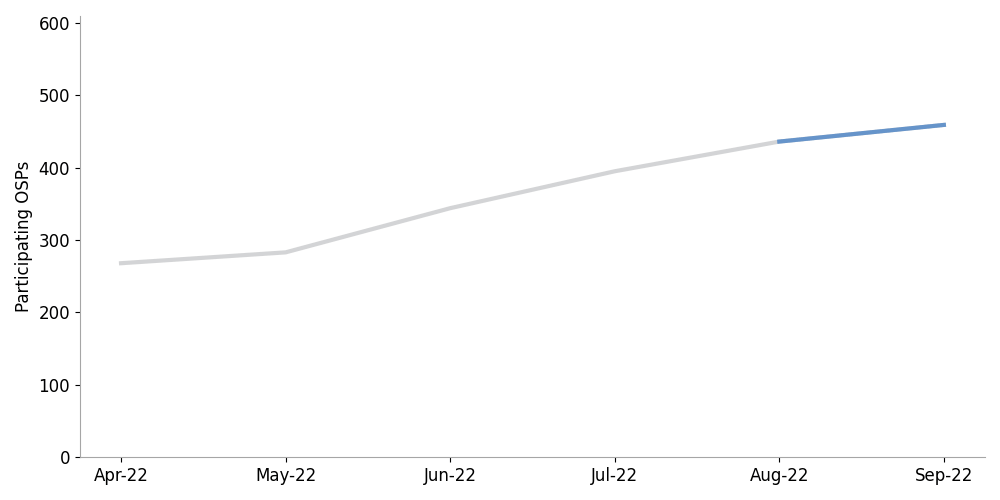
Figure 3. Monthly Number of OSPs Sending Signed Calls
Figure 3 shows that the number of Originating Service Providers (OSPs) signing calls increased from 436 in August to 459 in September, a 5.3% increase. This follows a 10.4% increase in August.
Increase in SHAKEN Authorized Providers
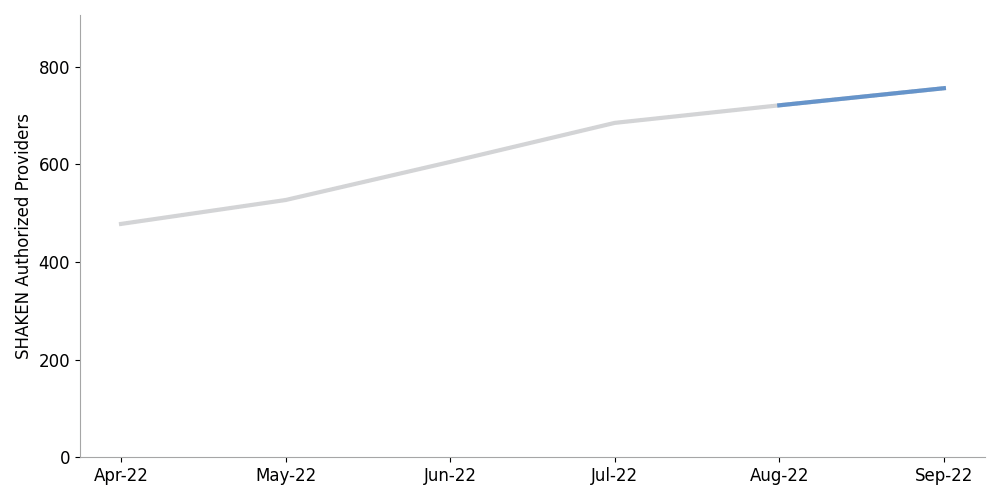
Figure 4. STIR/SHAKEN Authorized Providers by Month
Figure 4 shows that the number of SHAKEN authorized providers increased 4.9% in September, from 721 to 756. This follows a 5.3% increase in August.
Robocall Mitigation Database New Filings Up Slightly
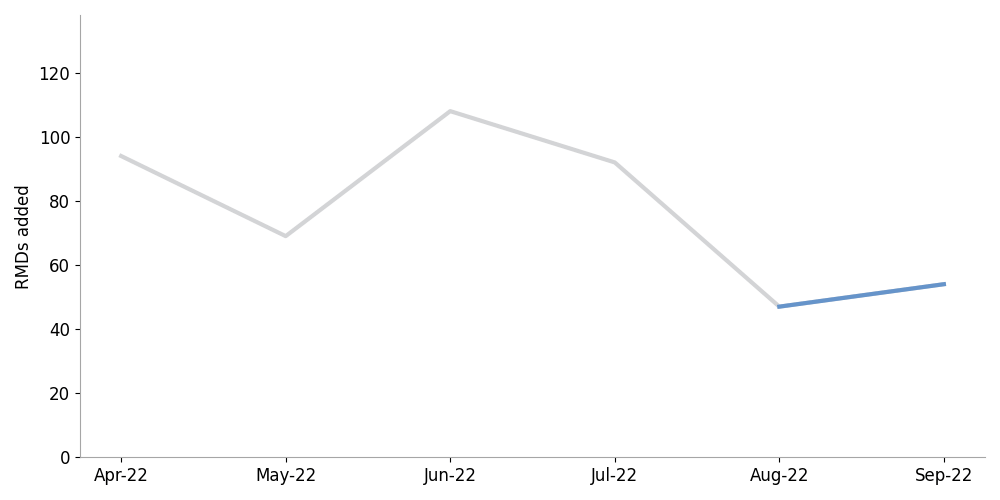
Figure 5. New Robocall Mitigation Database New Filings by Month
Figure 5 shows a 14.9% increase in new Robocall Mitigation Database filings in September. This follows a 48.9% decrease in August. Still, the overall trend over the past six months is downward.
Few calls reach their destination signed
Despite a steady monthly increase in SHAKEN participants, we aren’t seeing an increase in signed calls at termination.
Most Calls Arrive Unsigned
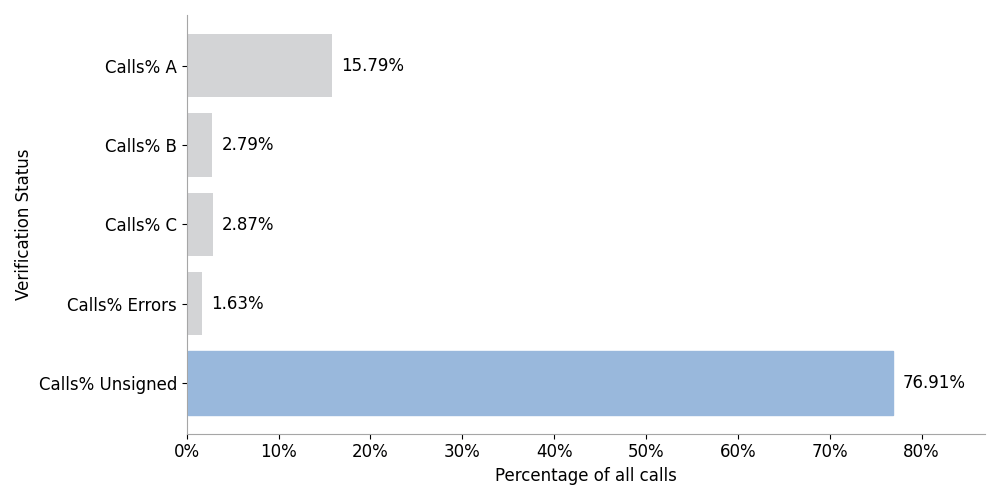
Figure 6. Percentage of Calls by Verification Status
Figure 6 shows that 76.91% of calls received for termination were unsigned. This is down slightly from August, when 77.51% of calls were unsigned.
Percentage of Signed Calls at Termination Stays Level
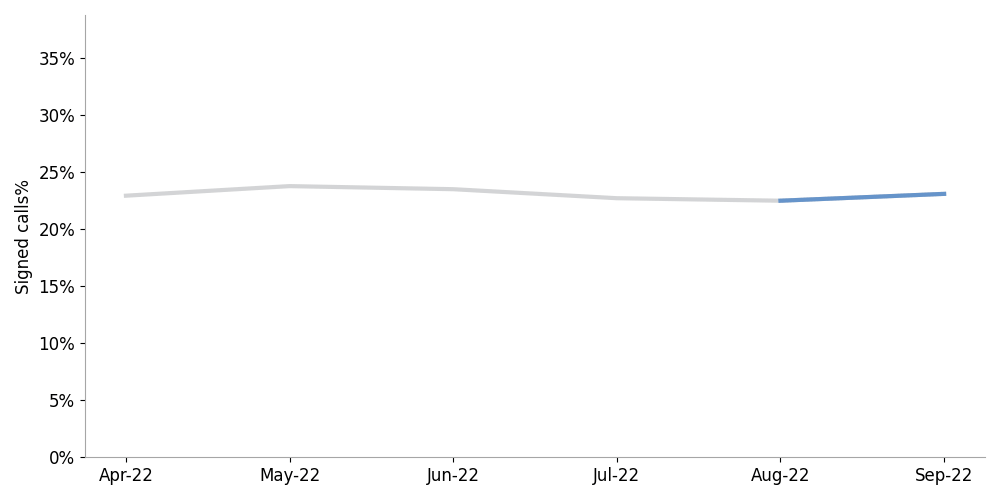
Figure 7. The Percentage of Signed Calls at Termination Last 6 Months
Figure 7 shows that the percentage of signed calls at termination continues to hover around 24%, despite the steady increase in OSPs and SHAKEN authorized providers signing calls at origination.
Few calls receive full attestation
STIR/SHAKEN provides the greatest value when originating service providers sign calls with full A-level attestation. This provides the originating service provider’s attestation that the calling number was not spoofed. This in turn makes robocall prevention much more effective.
Few Calls Are Signed with Full Attestation
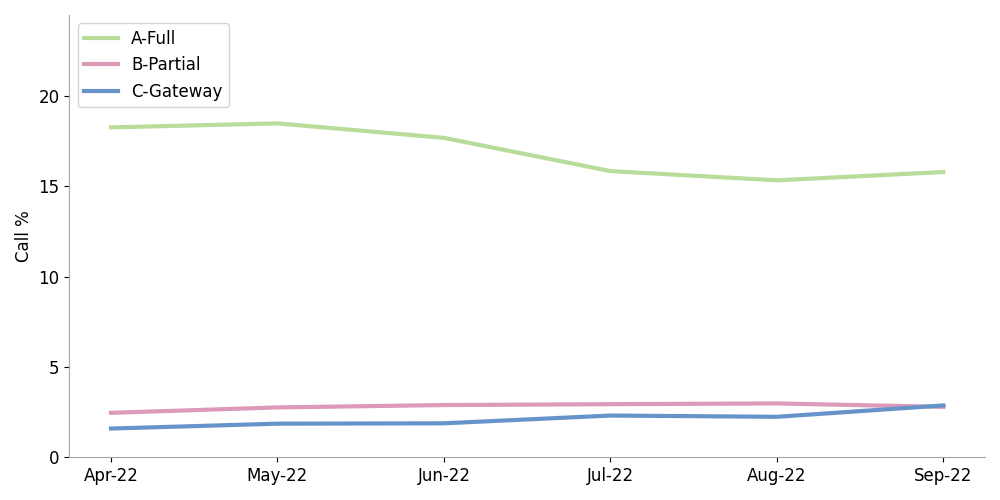
Figure 8. Percentage of Calls with SHAKEN Attestation Levels Last 6 Months
Figure 8 shows that the percentage of calls signed with full A-level attestation is low, in the 15%–20% range, and has been in decline over the last six months.
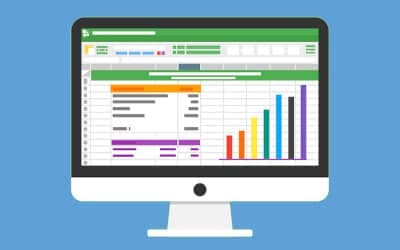
Our interpretation of these statistics
- Signed robocalls continue their downward trend but are still high. The downstream provider signing exploit allows robocalls into the SHAKEN ecosystem with no consequences for robocall-friendly providers.
- SHAKEN participation continues its upward trend, but momentum has slowed. There was a modest peak around the non-facilities small provider SHAKEN implementation deadline in June 2022.
- Signed calls remains stuck at around 24%, despite the steady increase in SHAKEN participation. This is because of the non-IP SHAKEN extension.
- The number of calls signed with full A-level attestation, the most valuable type of SHAKEN activity, is low, in the 15%-20% range, and declining.
Improving the STIR/SHAKEN ecosystem
STIR/SHAKEN can be made more effective by closing the third-party signing exploit and requiring voice service providers to authenticate the calls they originate with proper attestation using their own SHAKEN certificate. This will improve the value of STIR/SHAKEN information in the ecosystem and restore accountability.
The non-IP SHAKEN exemption should be phased out. Providers that rely on non-IP technology or interconnects should be required to either convert to IP technology that supports SHAKEN or use one of the approved standardized methods that enable STIR/SHAKEN information to be relayed across or around TDM barriers. This will enable the SHAKEN information generated by originating voice service providers to survive transit to the end of the call path and make call analytics more effective.
TransNexus solutions
TransNexus is a leader in developing innovative software to manage and protect telecommunications networks. The company has over 20 years’ experience in providing telecom software solutions including toll fraud prevention, robocall mitigation and prevention, TDoS prevention, analytics, routing, billing support, STIR/SHAKEN and SHAKEN certificate services.
Contact us today to learn more.
Our STIR/SHAKEN products:
- Work with your existing network
- Support SIP and TDM
- Affordable, easy to deploy